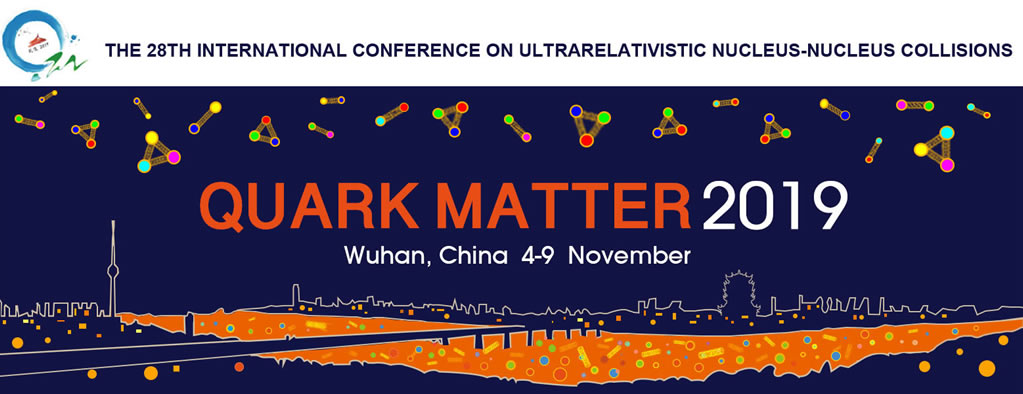Speaker
Description
Photons and dileptons ($\gamma^{*} \to l^{+}l^{-}$) are unique tools to study the space-time evolution of the quark-gluon plasma (QGP) produced in high-energy heavy-ion collisions.
The space-time evolution of heavy-ion collisions can be calculated using relativistic hydrodynamics and hadronic transport models.
Up to the present time, theoretical models fail to describe the large direct photon yields and the large elliptic flow simultaneously.
One advantage to measure direct photons via dielectrons from virtual direct photons is that the background from $\pi^{0}$ decays can be significantly reduced compared to real photon measurements by selecting invariant mass region at $M_{ee} > M_{\pi^{0}}$.
The fraction of direct virtual photon to inclusive virtual photon in the kinematic region of $p_{\rm T}^{ee} \gg M_{ee}$ is expected to be identical to that of real photons in the $M_{\gamma^{*}} \to 0$ limit.
Therefore, measurements of direct virtual photons are independent and complementary to those of real direct photons.
Finally, thermal virtual photons are expected to contribute to the direct virtual photon yield at $p_{\rm T} < 3$ GeV/$c$, providing information about the thermalization of the system.
In ALICE, electrons can be identified by TPC, ITS and TOF at mid-rapidity.
The LHC provided Pb--Pb collisions in 2018 and ALICE accumulated about 90M events in centrality 0-10 \% which is 9 times larger than the 2015 data, and 80M events in 30-50 \% centrality.
In this poster, the status of the dielectron analyses in Pb--Pb collisions at $\sqrt{s_{\rm NN}}$ = 5.02 TeV with the ALICE data recorded in 2018 will be presented.
